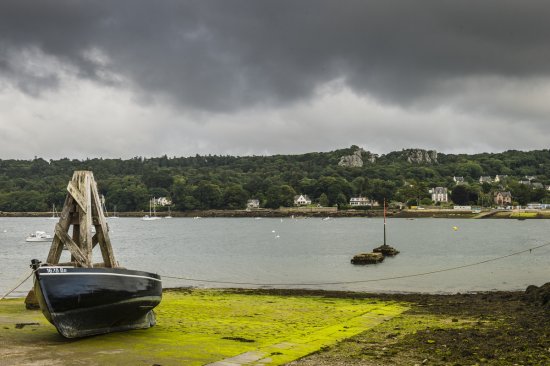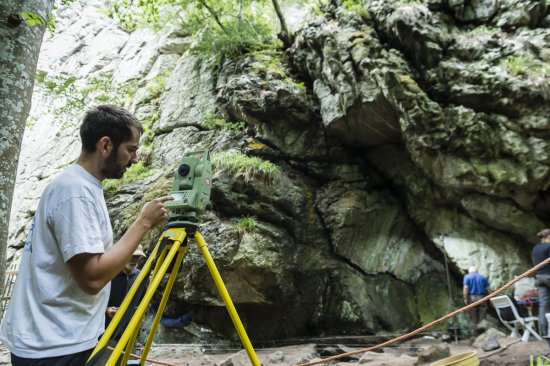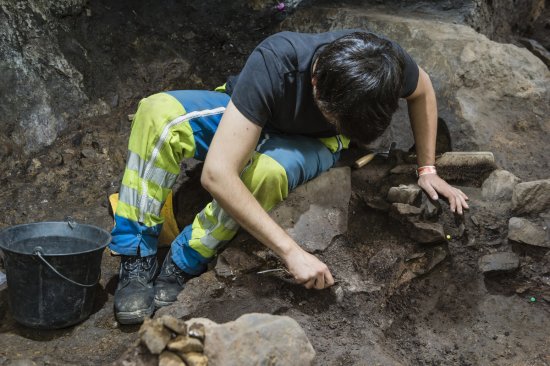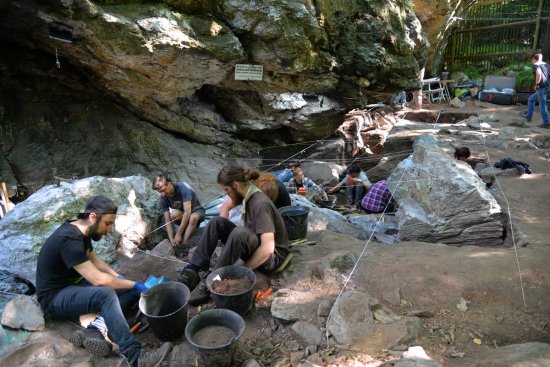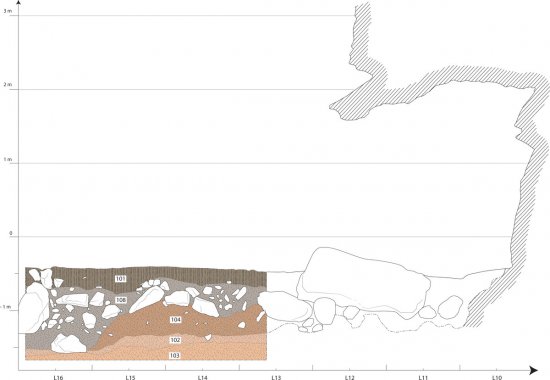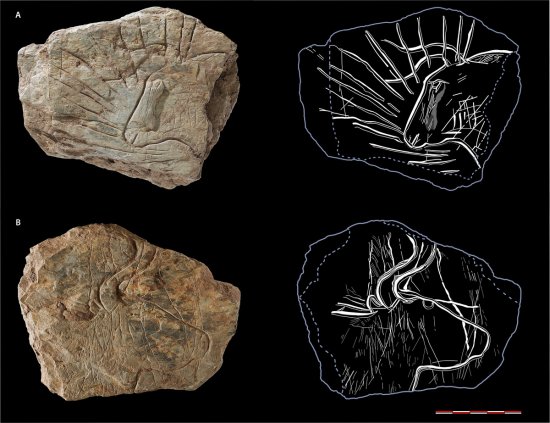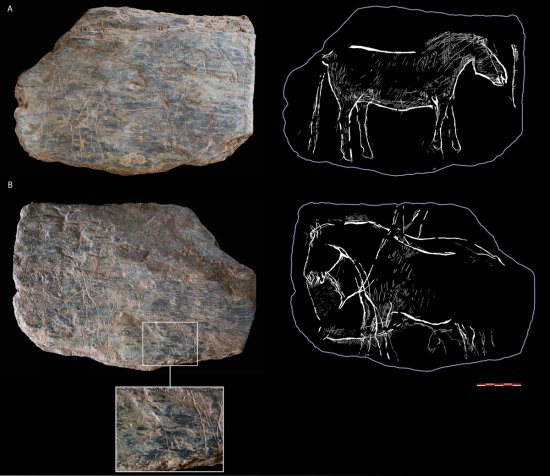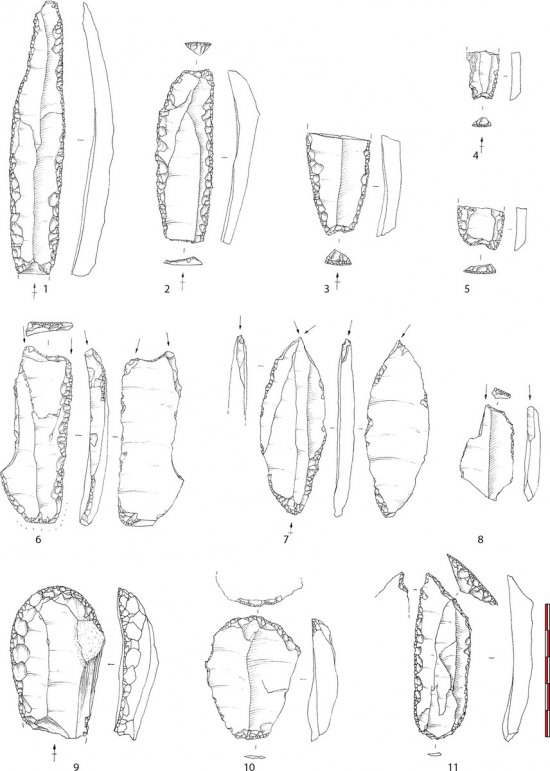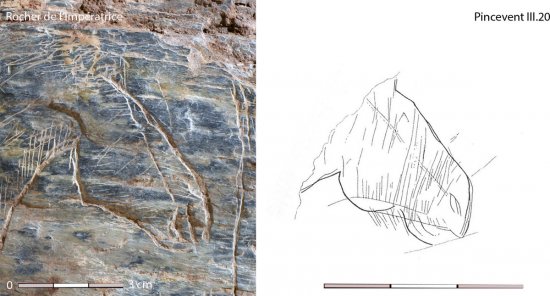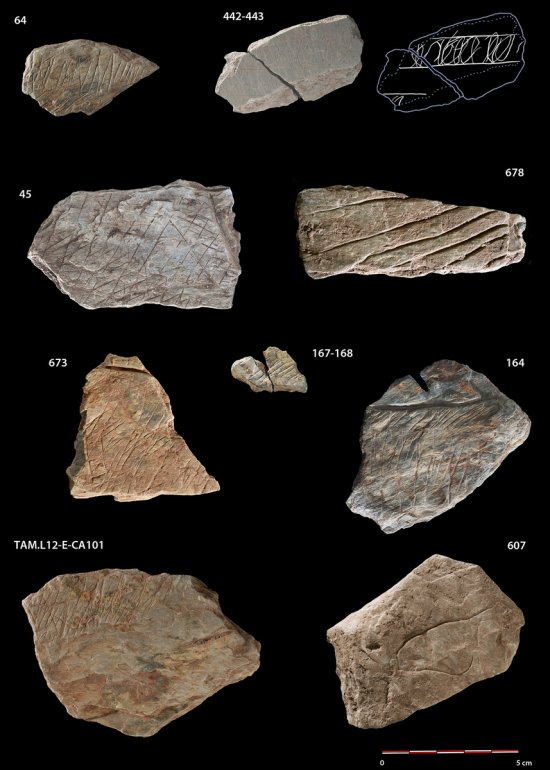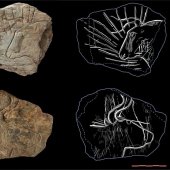
Cultures et environnements : Préhistoire, Antiquité, Moyen-Age (CEPAM)
NICE CEDEX 4
CEPAM develops research on past societies and human-environment interrelationships in various geographical and cultural contexts, from the Lower Palaeolithic to the Middle Ages. Drawing on a wide range of methods, the study of cultural, biological and geological archives feeds into themes related to the material and symbolic expressions of societies, the evolution of environments and territories and the manufacture and use of monuments and documents.
